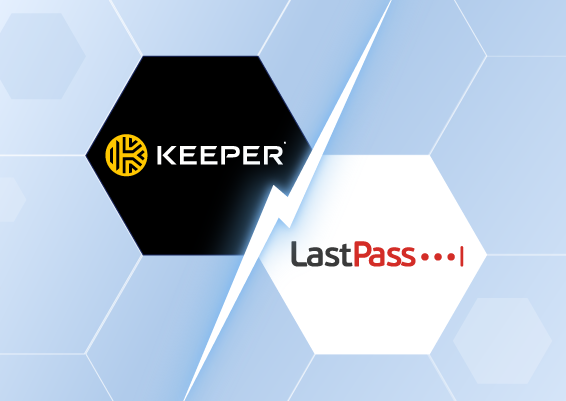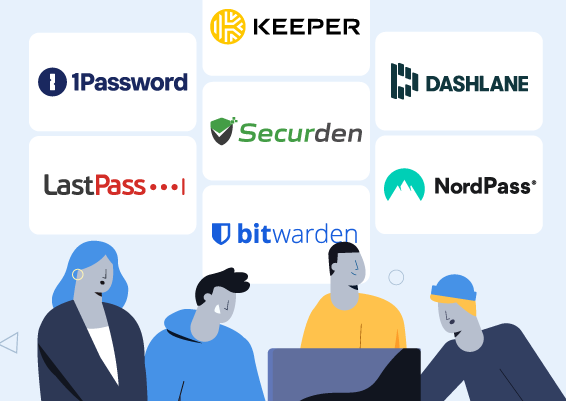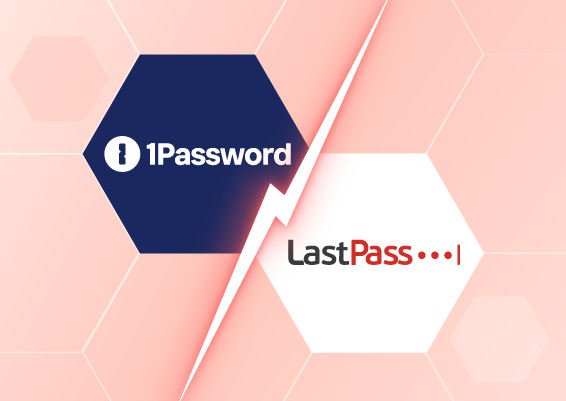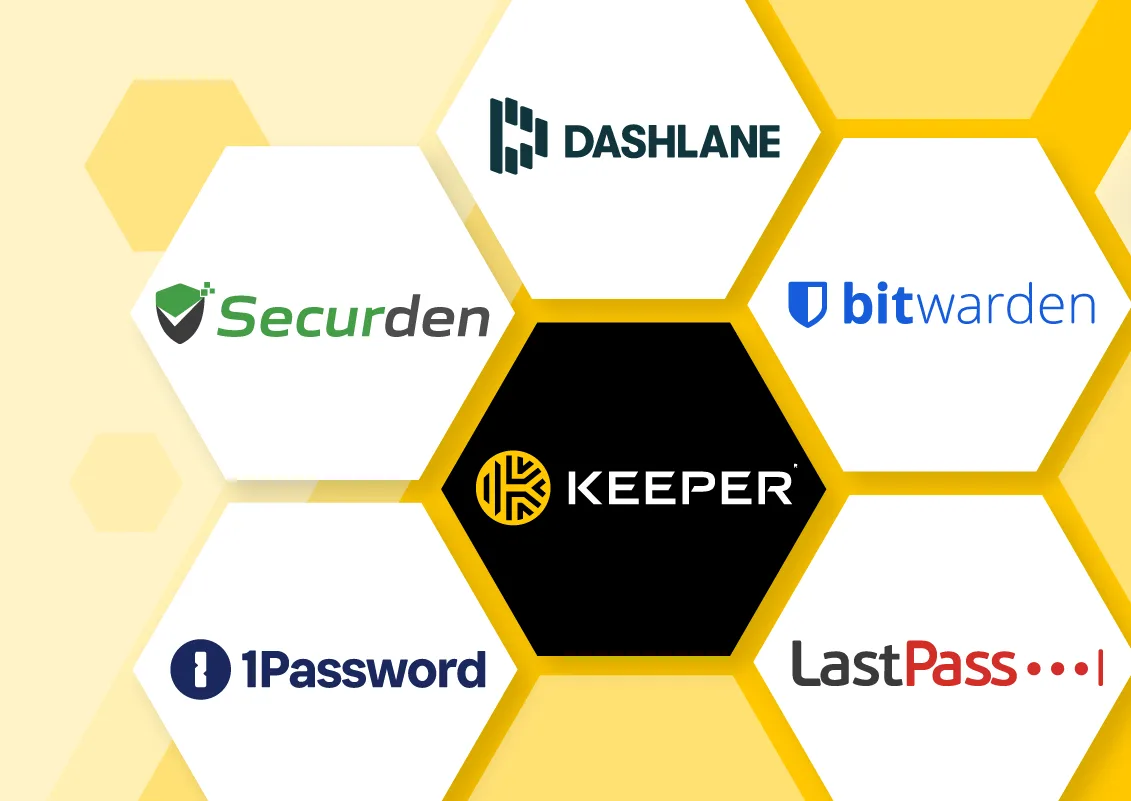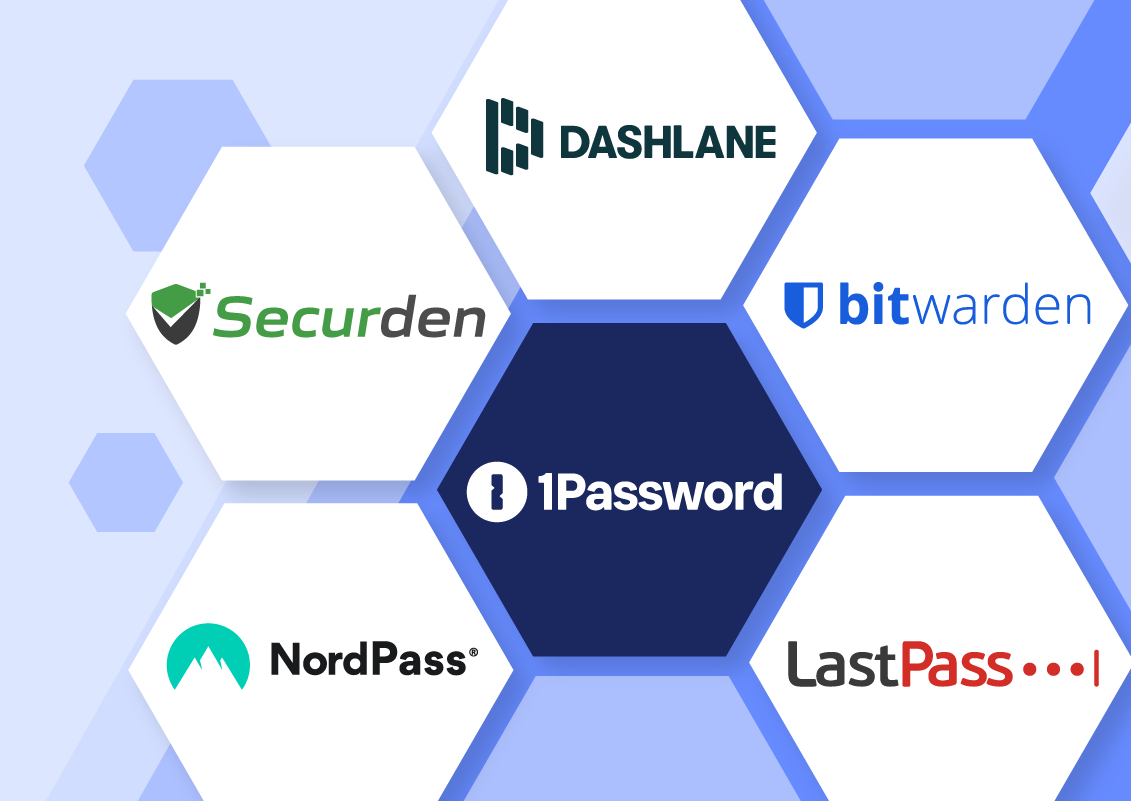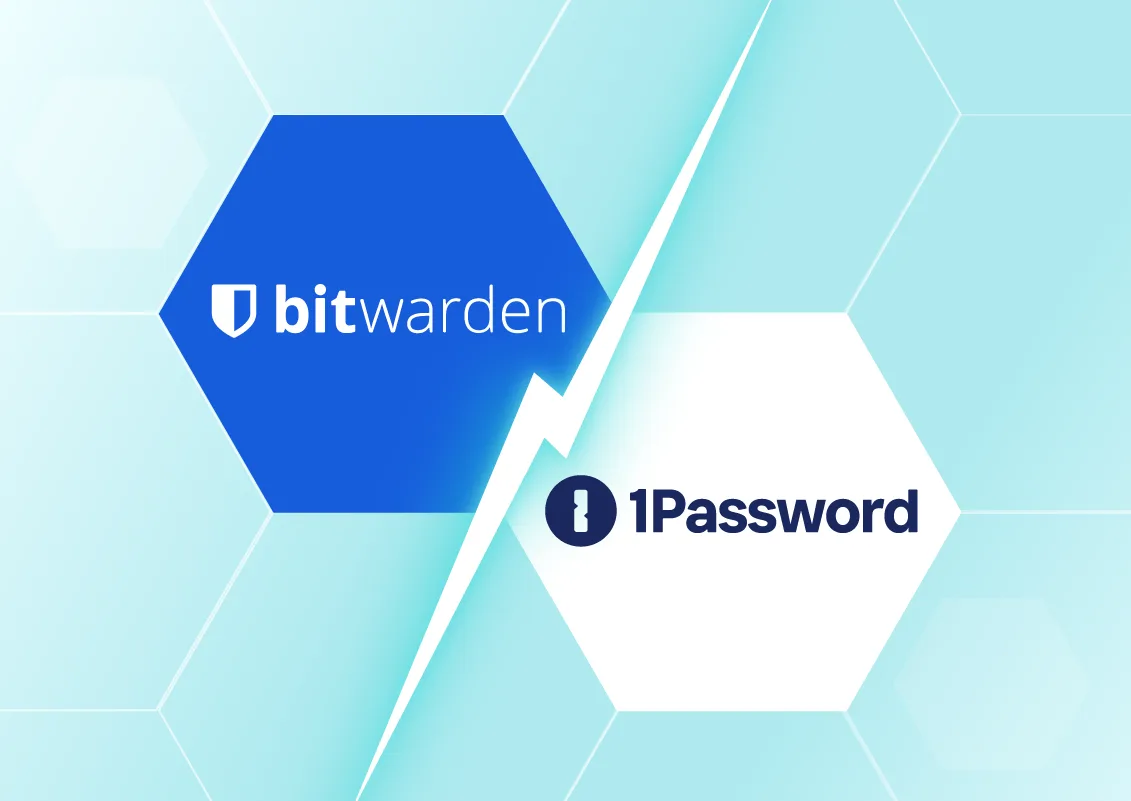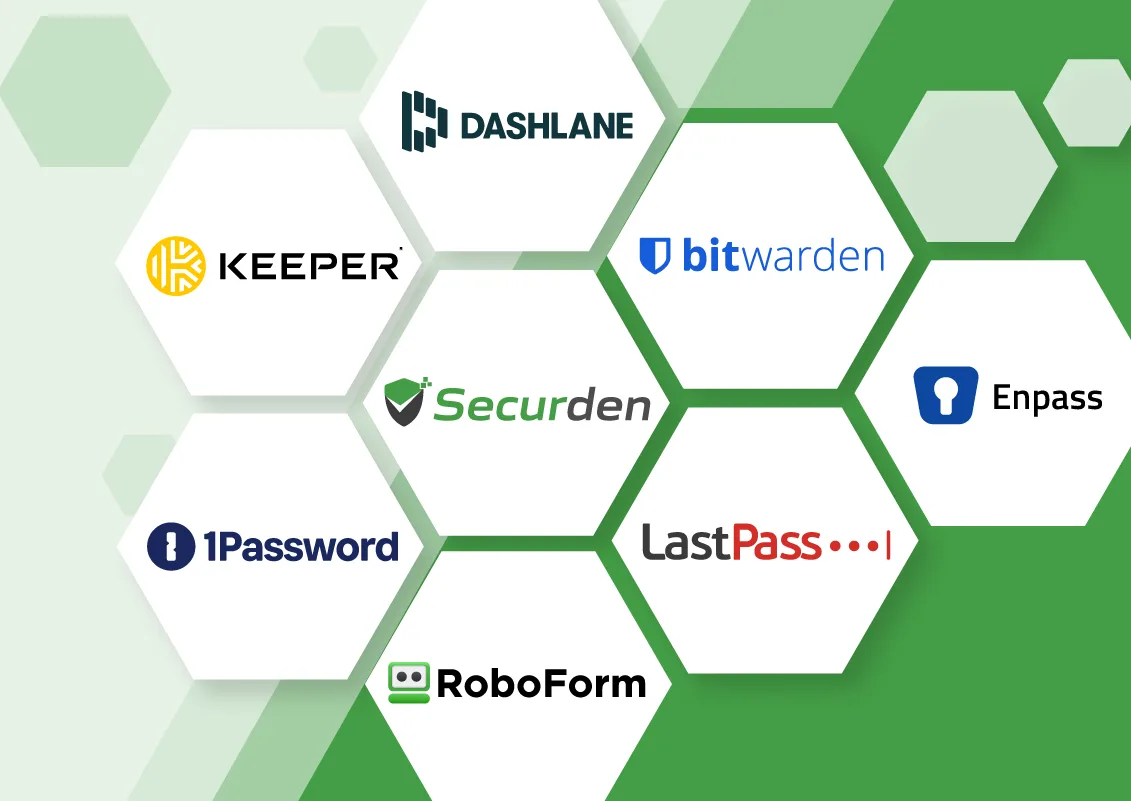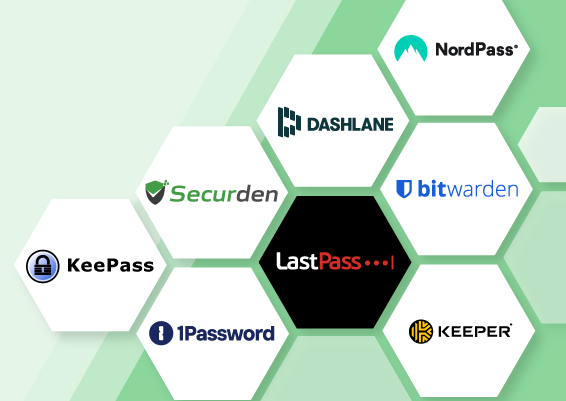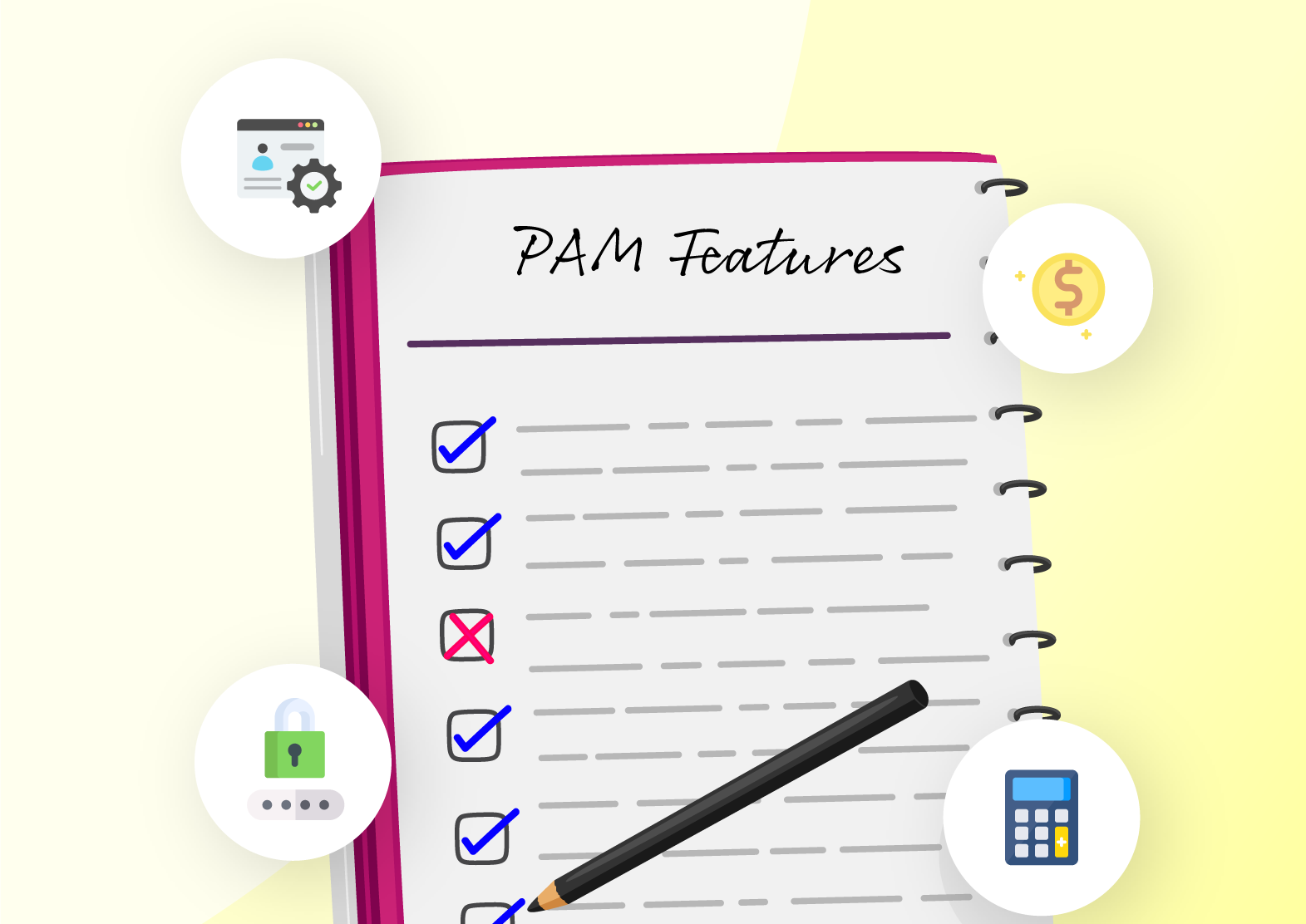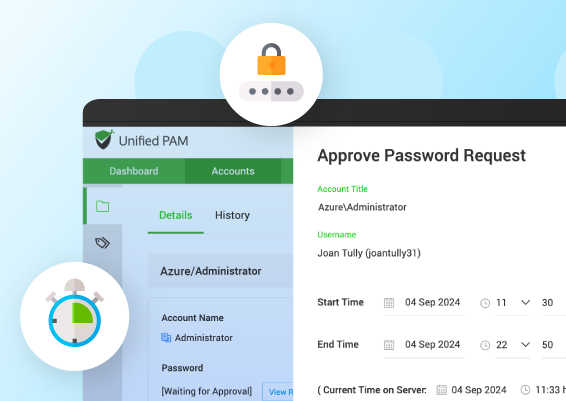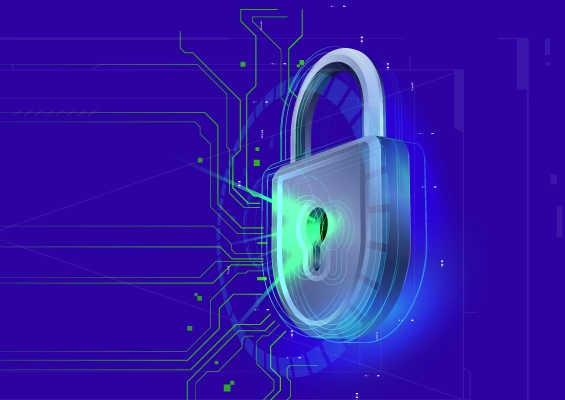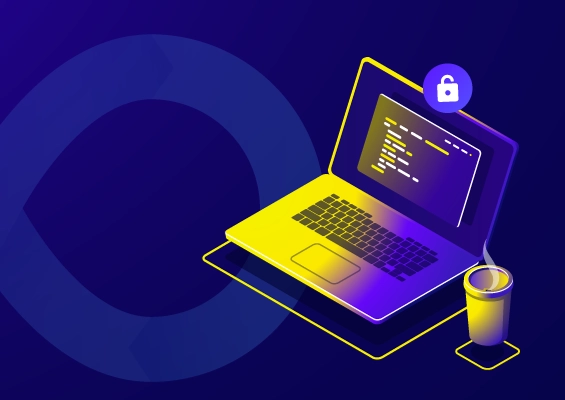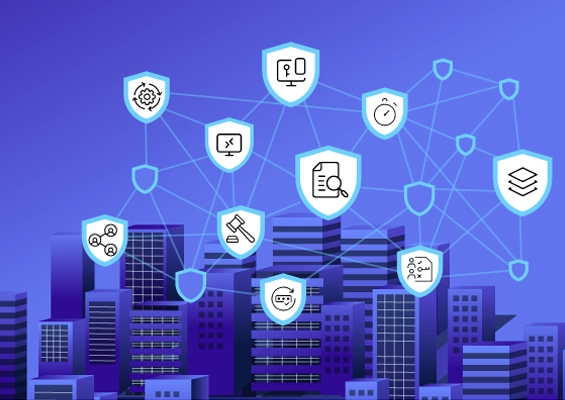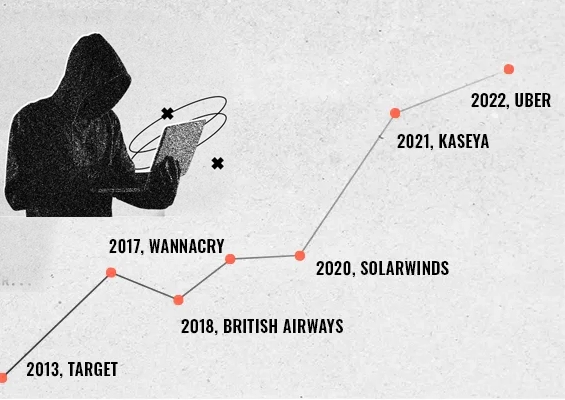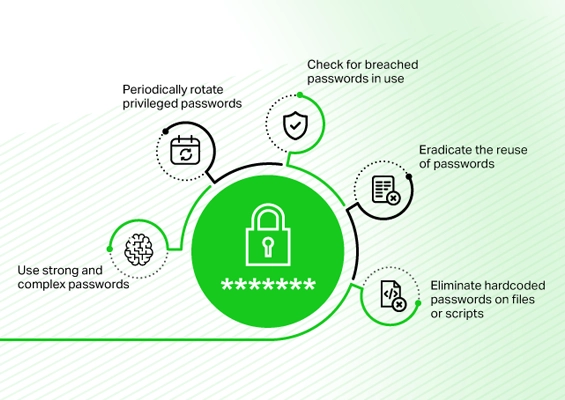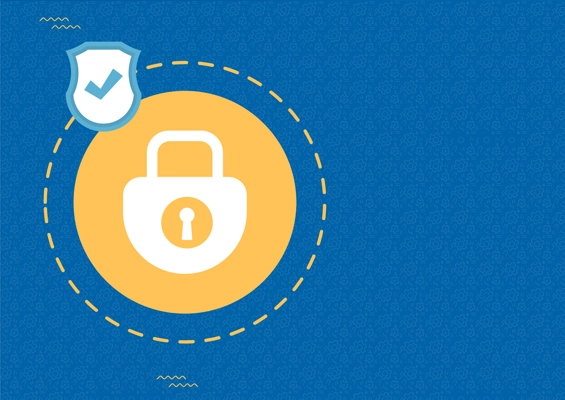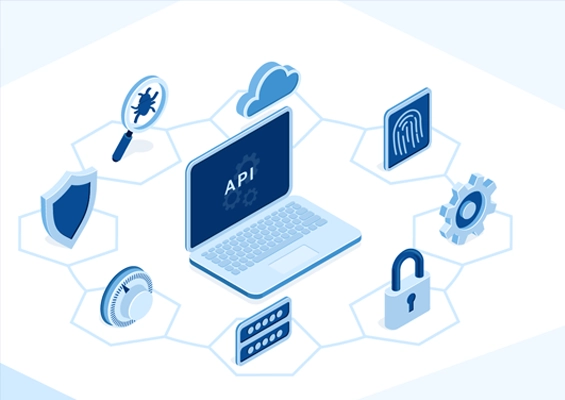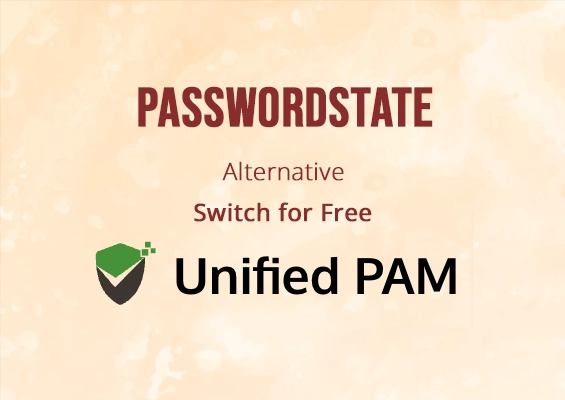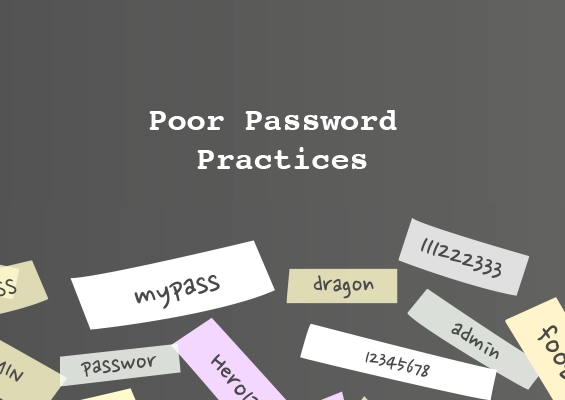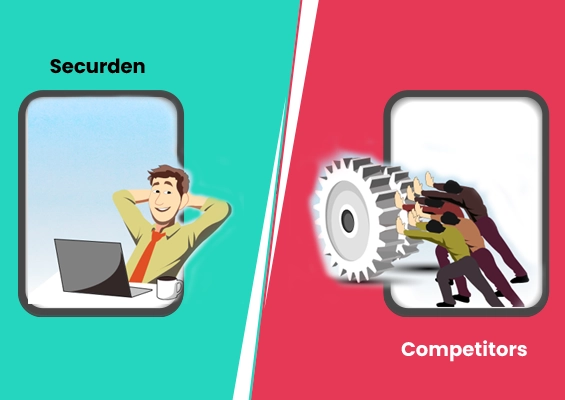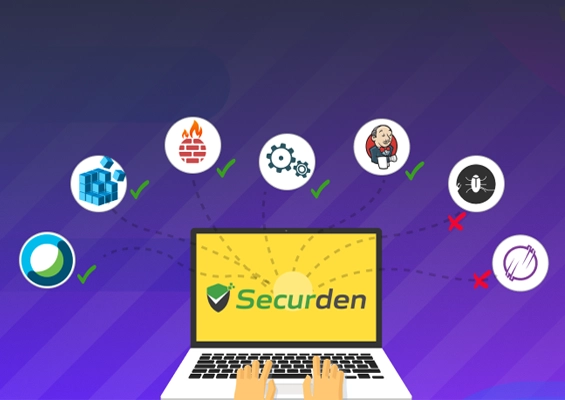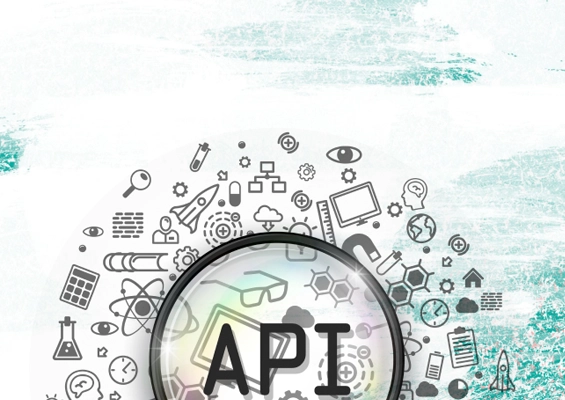IT teams grant privileged access to meet the urgent demands. Let's say onboarding new employee or providing access to third party vendor.
With such a rush of keeping operations running, they create accounts, assign roles, and move on. But over time, accounts are piled up. Permissions are not appropriately checked. Important credentials are shared or forgotten.
When privileged access is not managed as a continuous lifecycle, it creates silent security gaps. These gaps lead to data leaks or internal misuse.
This blog explains how you can prevent that. Learn how the PAM lifecycle helps manage privileged access at every stage, from identifying privileged accounts to removing outdated access.
What is the PAM Lifecycle?
The privileged access management (PAM) lifecycle is a framework to manage privileged access from the discovery phase to the deprovisioning phase. The framework ensures access to only the authorized users and also monitors and adjusts the access on a continuous basis. The objective here is to reduce insider threats and meet compliance demands via repeatable processes.
Why the Privileged Access Lifecycle Approach Matters
The PAM lifecycle ensures that privileged access is not misused. Rather than granting access permissions once and moving on, constant oversight is applied to match the fast-moving IT environment. You know why businesses follow the lifecycle model, just because it:
- Helps prevent privilege sprawl by regularly reviewing access rights.
- Ensures access is granted only for specific timeframes or required tasks.
- Tracks usage patterns for early threat detection.
- Improves audit readiness with complete access logs.
- Automates deprovisioning to avoid dormant (inactive or unused) access.
Following such an approach strengthens your business security posture while supporting operational agility.
How PAM Differs from Traditional Access Management
Traditional access controls do not address the risks associated with privileged accounts. Privileged access management focuses on these users with high risks and introduces stronger controls throughout the access lifecycle. Let’s have an overview of traditional access management and PAM.
| Feature/Aspect | Traditional Access Management | Privileged Access Management (PAM) |
|---|---|---|
| User Scope | Regular employees or customers with basic access | Admins, DevOps engineers, and external vendors with elevated access |
| Risk Level | Moderate: Limited system control | High: Direct access to critical infrastructure and sensitive data |
| Access Control Model | Role-based access granted on a need-to-know basis | Fine-grained, policy-based control tied to time, task, or approval workflows |
| Authentication Methods | Standard login credentials or basic MFA | Strong MFA, credential vaults, and ephemeral session tokens |
| Monitoring | General activity logs | Continuous session monitoring, keystroke logging, and video recording |
| Lifecycle Oversight | One-time provisioning without follow-up | Full-cycle: Discovery, provisioning, monitoring, revoking, and auditing |
| Compliance Readiness | Limited visibility into who accessed what and when | Detailed audit trails to satisfy regulatory and internal security audits |
Simplify Least Privilege Without Slowing Teams
Grant time-bound access to critical assets without leaving permanent privileges behind with Securden. Balance security with speed at every step.
Now, it's easier for you to know why PAM is more than just an access control tool. Let’s discuss the stages of the PAM lifecycle.
Key Stages of the Privileged Access Management Lifecycle
The privileged access management (PAM) lifecycle helps businesses control and monitor privileged access within systems, users, and applications. Here is the step-by-step process of how a PAM lifecycle works.
Stage 1: Identify Privileged User Accounts
Identify the privileged accounts that are present in your systems and infrastructure. Several businesses underestimate the number of accounts with high-level access. Here are a few examples of privileged accounts to look for.
- Domain administrator accounts: Used to manage the overall network.
- Service accounts: Operated on automated processes or applications.
- Local admin accounts: Present on endpoints or servers.
- Application accounts: Have backend database access.
- Vendor or third-party accounts: Used for remote maintenance.
Outcome: You get better visibility into where privileged access exists, which helps you prevent unauthorized use and sensitive data exposure.
Stage 2: Define and Classify Privileged Access
Every privileged account is not equal. These privileged accounts vary in risk and purpose. So, you need to categorize access based on purpose and associated risks.
- Tag Roles by Criticality: Define if the privileged access connects to core infrastructure or admin consoles used for internal operations.
- Segment by User Type: Separate users by role, like employees with internal access or bots running automated tasks.
- Assign Risk Levels: Prioritize privileged accounts that pose higher threats if they are compromised.
Outcome: Your businesses can then focus on control efforts where risks are highest and reduce the attack surfaces smartly.
Stage 3: Implement Least Privileged Access with the Right Solution
With accounts and access defined, you need to grant access depending on the minimum required permission for a user to perform their job. This is where you focus on limiting lateral movement and reducing internal risk.
Implementing role-based access control helps define who can access what. Same way, you can also implement just-in-time access to ensure the access is temporary and only available in need. Together, these methods prevent users from having standing or excessive permissions.
Outcome: It helps reduce the chances of internal privilege misuse or credential compromise during normal operations.
Stage 4: Secure Authentication and Manage Privileged Credentials
Securing privileged accounts begins with confirming identities and managing credential storage and usage. You can use multi-factor authentication to strengthen identity checks, or you can use credential vaults and password rotation to eliminate weak or reused passwords. These controls work together to protect sensitive access points.
Outcome: Prevents unauthorized access through compromised credentials and enforces trust-based access.
Stage 5: Monitor and Audit Privileged Sessions
You need to monitor privileged account access constantly to identify misuse and support forensic investigations. This stage adds accountability and transparency. What you can do is:
- Record Sessions: Log all user activity during privileged sessions.
- Trigger Real-Time Alerts: Flag anomalies like access from unusual locations or times.
- Use Behavior Analytics: Identify deviations from typical access behavior.
Outcome: You can detect insider threats or external breaches early, which is backed by a strong audit trail.
Stage 6: Deprovision and Reassess Access
Removing unused access helps close security gaps. Many incidents occur from accounts that should have been deactivated. Here is how you address it:
- Remove Inactive Accounts: Identify and remove unused privileged accounts.
- Conduct Access Reviews: Periodically reassess user roles and access needs.
- Automate Deprovisioning: Link identity lifecycle events with access controls.
Outcome: Eliminates privilege creep and ensures the environment adapts to organizational changes.
Now you know the complete lifecycle of privileged access management. With such a layered process, there are challenges that businesses face while trying to implement it.
Challenges in Managing the PAM Lifecycle
1. Discovering Shadow and Orphaned Accounts
Privileged accounts are created in quantities but are not appropriately managed with the business expansion. These may include test accounts or accounts left behind by former employees. Such accounts become easy targets since they are not tied to active identities or business operations. Unnoticed privileged accounts for months or years create blind spots in access governance.
How to solve this:
You can deploy automated account discovery tools that scan all the systems. This scan includes both cloud and on-premise systems. You can also pair this with regular manual reviews to justify the ownership and necessity of each account.
2. Managing Access in On-premise and Cloud Environments
Modern enterprises focus on using a mix of everything, including on-premise systems, cloud platforms, and third-party services. Different systems demand different access policies. A policy that works for internal servers might not work the same way in SaaS applications. Such an inconsistency leads to scattered control and incomplete visibility.
How to solve this:
What you can do best is to adopt a Unified Privileged Access Management solution like Securden that centralizes access control through a single console. The platform applies the same policies across every environment to reduce gaps and simplify audits.
3. Enforcing Least Privilege Without Disruption
Applying the principle of least privilege requires cutting out unnecessary access rights from users. But, when you carry out this process suddenly, then it might slow down your teams and lead to resistance from users who find the new process less efficient.
How to solve this:
Make sure to implement the least privilege gradually. You can start by auditing roles with high risks and limiting access in stages. Following proven PAM implementation methodologies ensures a smooth transition. You can prioritize time-bound or just-in-time (JIT) access to offer temporary permissions without permanent exposure.
4. Ensuring Real-Time Monitoring and Alerts
A single privileged session can lead you to critical chances or sensitive data exposure in no time. If you are not monitoring actively, risks may go unseen until the damage is done. Traditional logs or delayed audits fall short when it comes to detecting cyber threats in real time.
How to solve this:
Allow session monitoring with alerts when any suspicious user behavior or any privileged account activity occurs. Using behavioral analytics helps you flag anomalies and feed alerts into your SIEM. Also, using an incident response system makes it easier to carry out quick action.
Too Many Accounts, Not Enough Oversight?
Track privileged identities across hybrid setups with Securden. The platform helps you find what’s active, what’s unused, and what shouldn’t exist.
Best Practices to Strengthen the PAM Lifecycle
PAM Tools alone do not build strong privileged access management, but adopting the right practices can. Check out the best practices that ensure your lifecycle stays secure and ready for cyber threats.
1. Discover and Inventory Privileged Accounts
Identify all the privileged accounts, whether in the cloud, on-premise, or in hybrid environments. Include service accounts and hardcoded secrets as well. A complete inventory is a primary step toward eliminating the blind spots.
2. Apply Least Privilege Across Access Points
Restrict access to only what users need to perform their dedicated tasks. You can implement the least privilege across servers, databases, and applications. This minimizes exposure without disrupting daily operations.
3. Strengthen Privileged Access with Multi-Factor Authentication
Apply multi-factor authentication to secure access to sensitive systems and accounts. Even if credentials are compromised, additional verification helps block unauthorized access. Choose adaptive MFA to strike the right balance between security and usability.
4. Monitor and Record Privileged Sessions
Track all privileged sessions in real time and keep tamper-proof records. Monitoring privileged sessions helps detect risky behavior early, while recordings simplify audits and investigations. This improves accountability at every access point.
5. Automate Access Reviews and Deprovisioning
Manual reviews often miss outdated access. Automate periodic reviews to ensure privileges reflect current roles. Deprovision accounts as soon as they are no longer needed to reduce risk.
6. Integrate Privileged Access Management Solution with IT Security
Ensure that the privileged access management platform connects with your broader security stack, which includes SIEM, ITSM, and SOAR. This ensures faster incident response and better context during investigations. Integration also helps enforce consistent policies.
7. Review and Refine Privileged Access Policies
Access requirements change with business and tech changes. You must regularly update your privileged access management policies to stay aligned with compliance standards and operational needs. Involve both security and business teams during the review.
Shape Your Privileged Access Security with a Structured PAM Lifecycle
The privileged access management (PAM) lifecycle is not just a one-time process. It is a framework that assists businesses in maintaining control over privileged access in dynamic systems. A step-by-step approach to privileged access management strengthens security and limits internal exposure.
Whether you are securing internal systems or managing third-party access, the important part is to bring privileged account access under control. Aligning your security strategy with the PAM lifecycle ensures privileged access is never left unchecked.
If you are the one who is looking to strengthen access controls, schedule your demo today with Securden to see how it supports each stage of the privileged access management lifecycle. Understanding PAM pricing models helps organizations budget for comprehensive security solutions.
FAQs About PAM Lifecycle
1. How does the PAM lifecycle support third-party risk management strategies?
The PAM lifecycle helps businesses control and monitor access granted to third-party vendors. Implementing strict authentication and time-bound access minimizes the risks associated with external users accessing sensitive systems.
2. Which compliance frameworks require full visibility across the PAM lifecycle?
Frameworks like ISO 27001, NIST, HIPAA, and PCI-DSS mandate businesses to track and control privileged access. The implementation of an effective privileged access management lifecycle will help you meet audit requirements by offering a clear record of who accessed what, when, and why.
3. Where does PAM fit into a Zero Trust security model?
The Zero Trust Model assumes no trust by default. PAM implements this principle by limiting privileged access based on verifying identities and checking context. This makes it an important layer within a Zero Trust architecture.
4. Can PAM lifecycle stages be automated in DevOps pipelines?
Yes, many PAM solutions like Securden offer APIs and integrations that allow automated provision and deprovisioning of credentials in DevOps environments. When comparing solutions, consider factors like CyberArk pricing versus other alternatives to find the best fit for your budget. This makes it easier for securing access without slowing down or disrupting the development workflows.
5. How do businesses measure the maturity of their PAM lifecycle?
Businesses use PAM maturity models that assess their capabilities within stages like discovery, monitoring, and deprovisioning. A regular audit, policy enforcement rate, and incident response time help you to track the overall progress.
6. What KPIs help track the effectiveness of PAM lifecycle programs?
Key metrics to track the effective privileged access management lifecycle include:
- Number of privileged accounts identified
- Count of access requests approved vs. denied
- Percentage of privileged sessions audited
- Number of policy violations detected
- Average time to revoke access after role change or exit
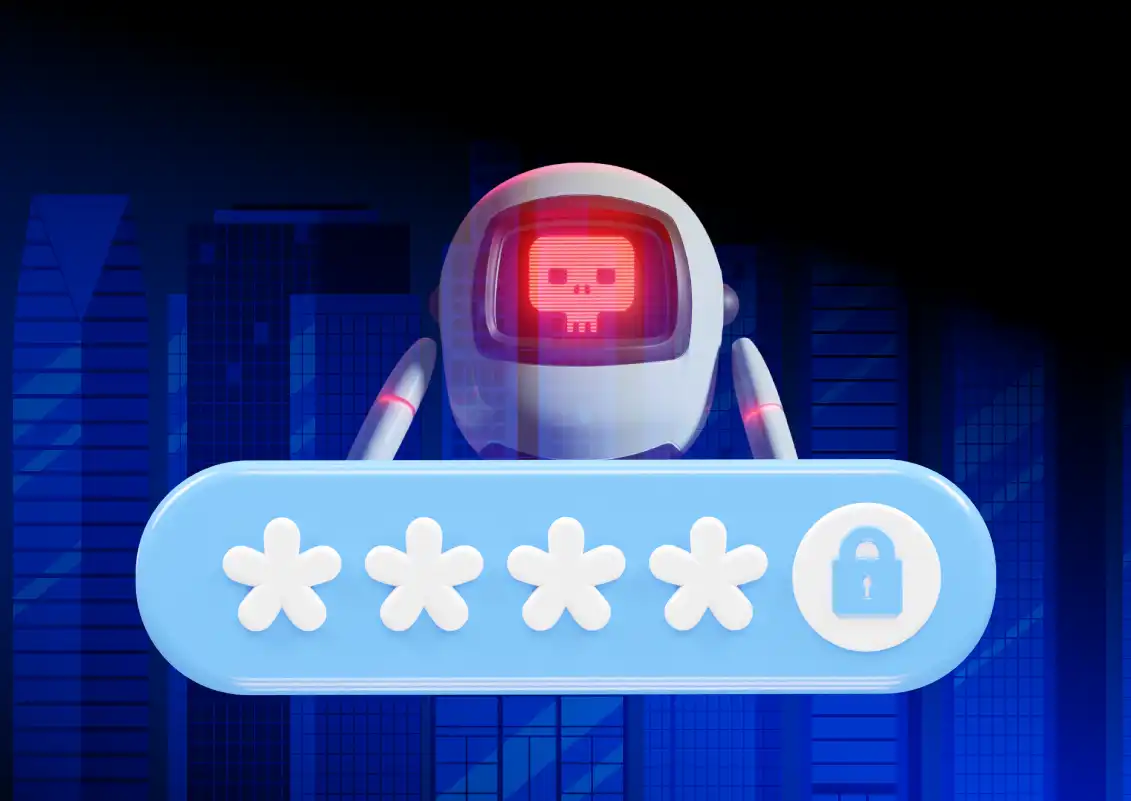
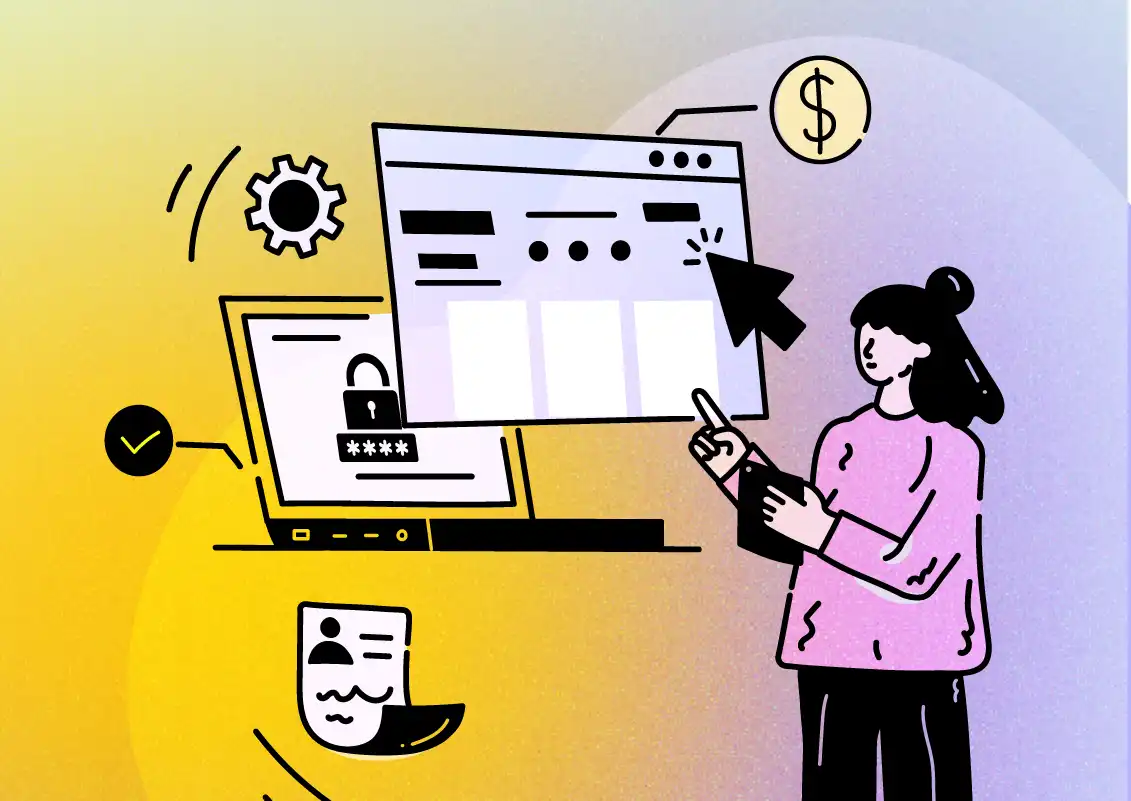
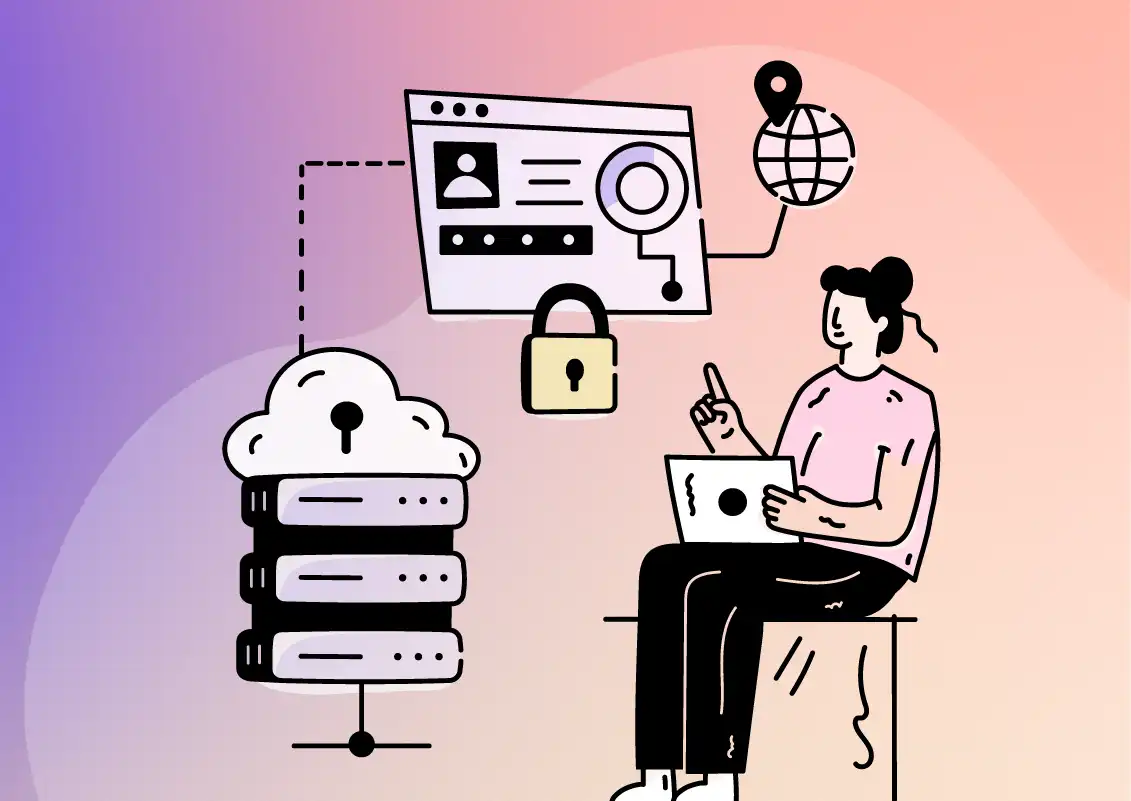
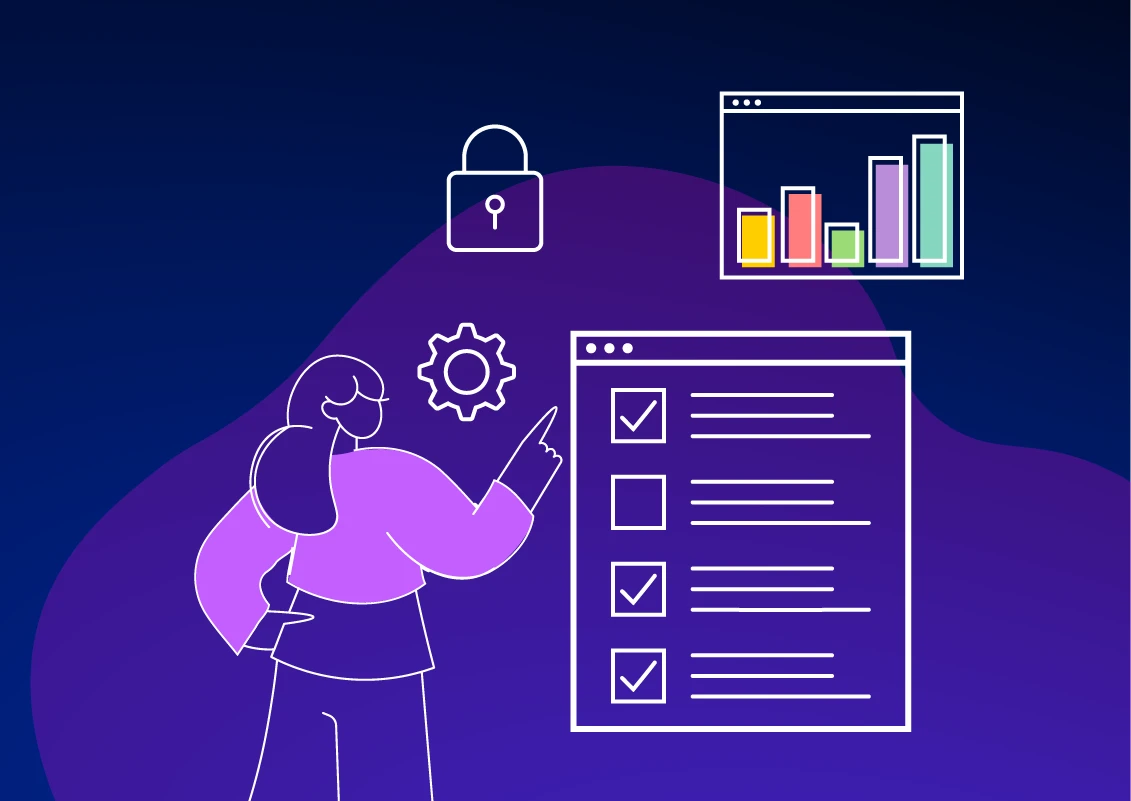
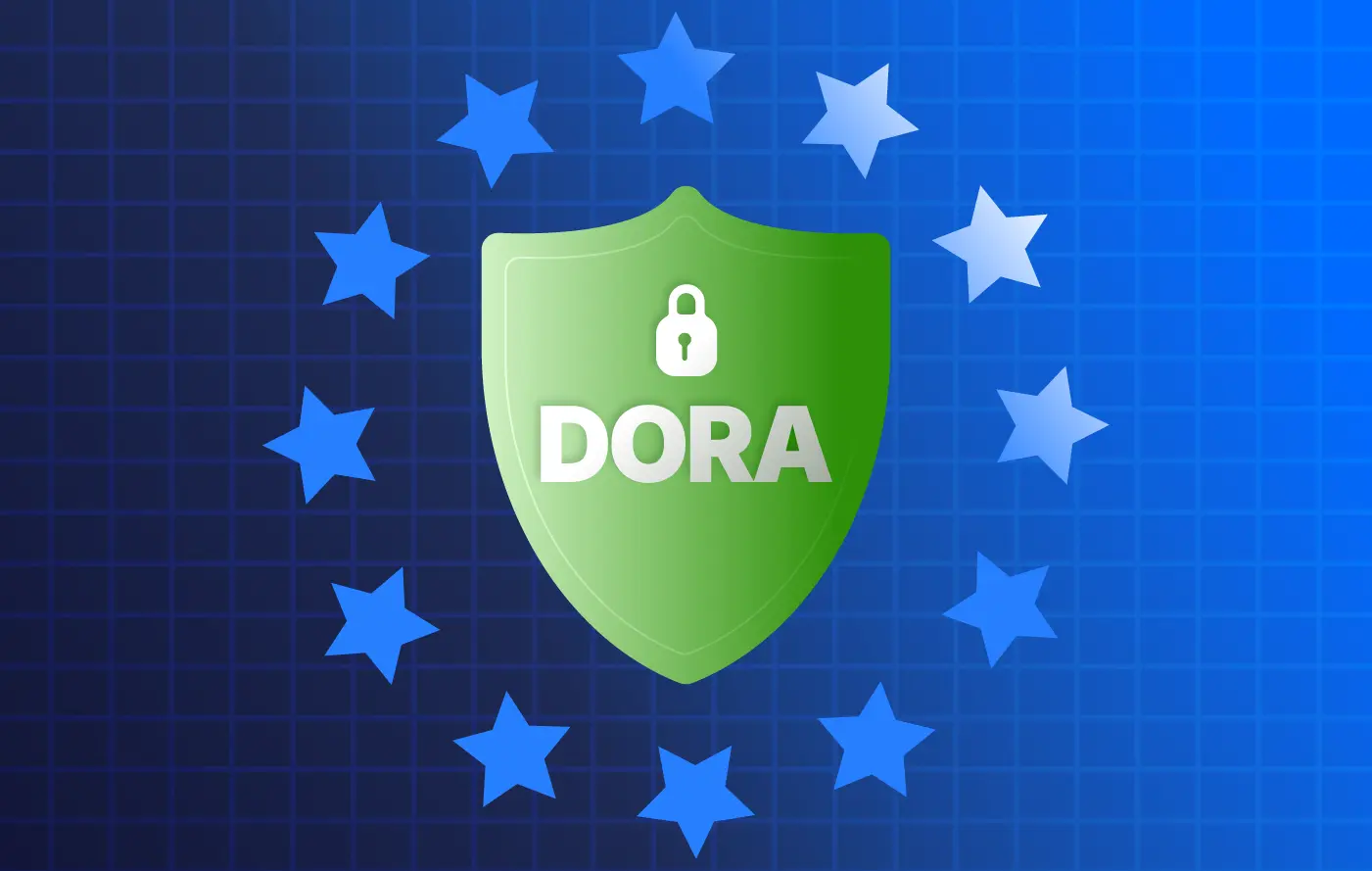
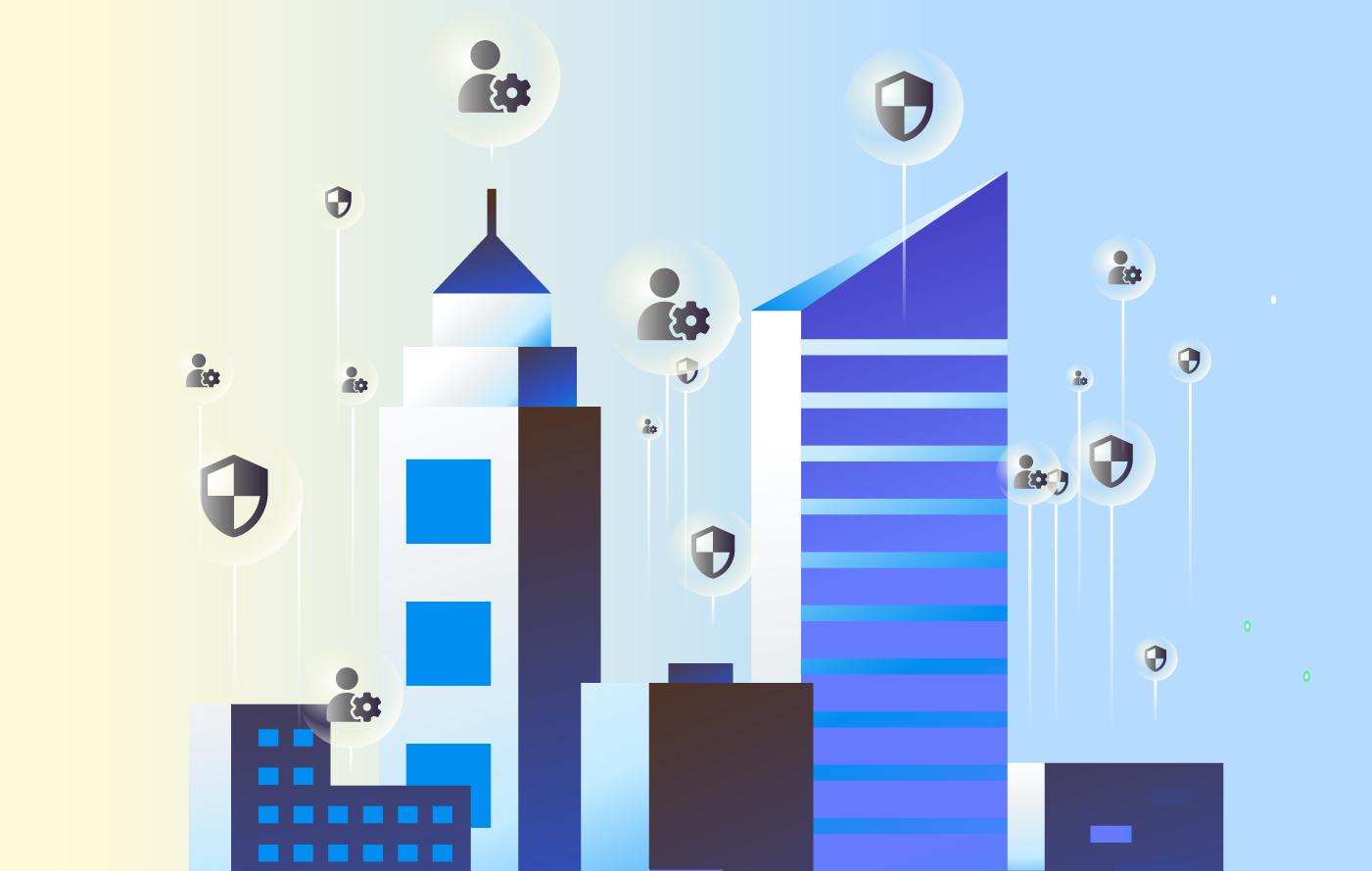
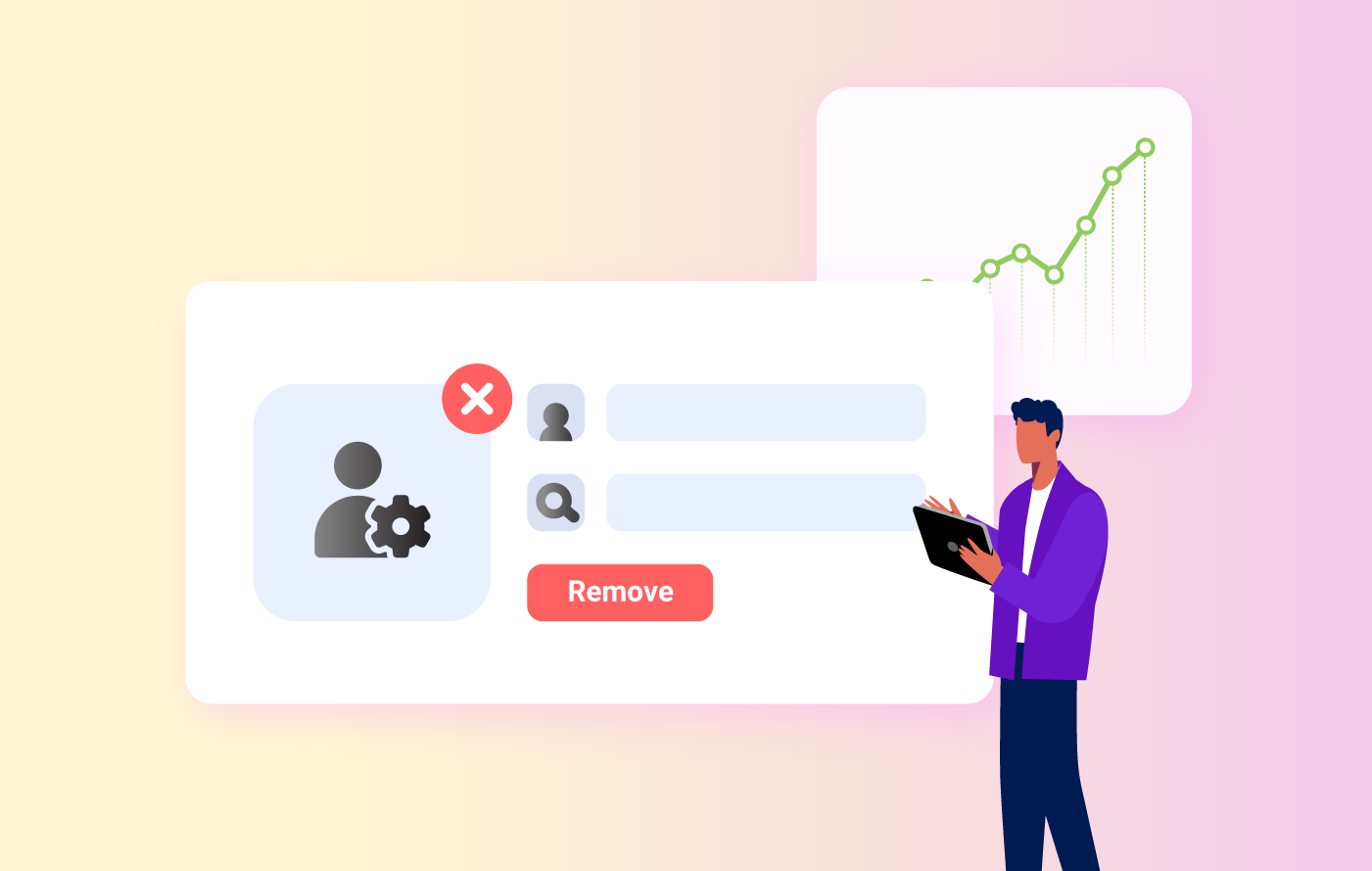
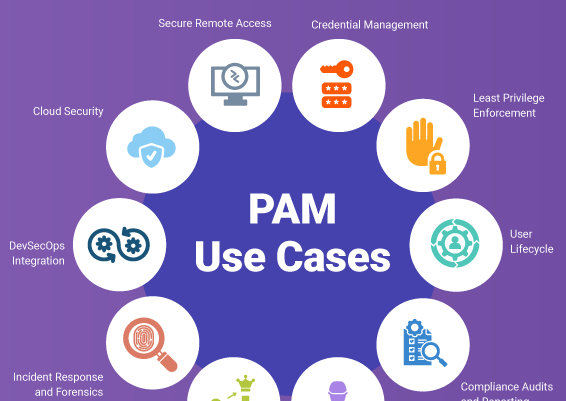
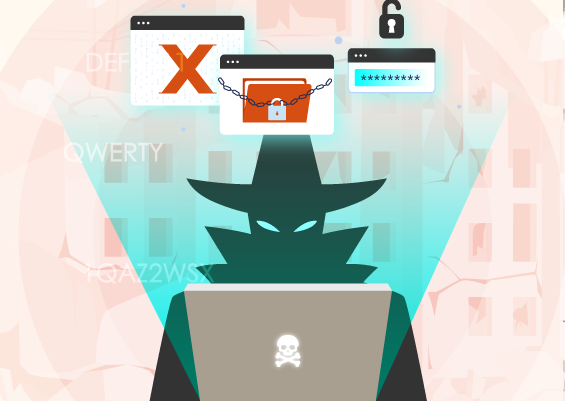
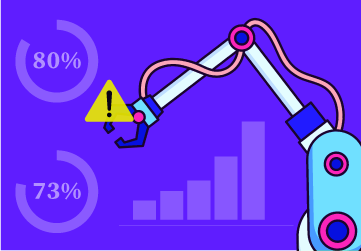
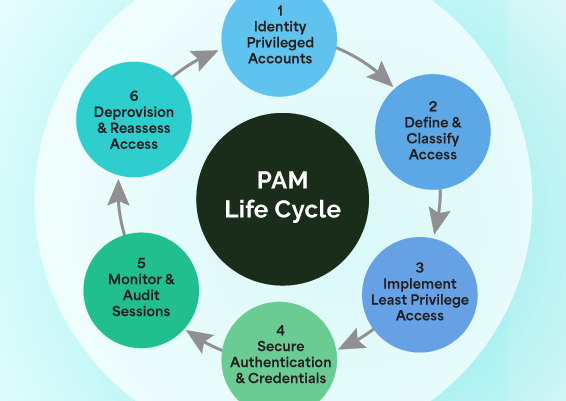
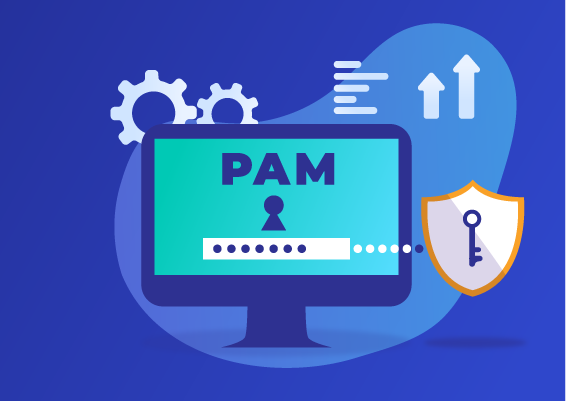
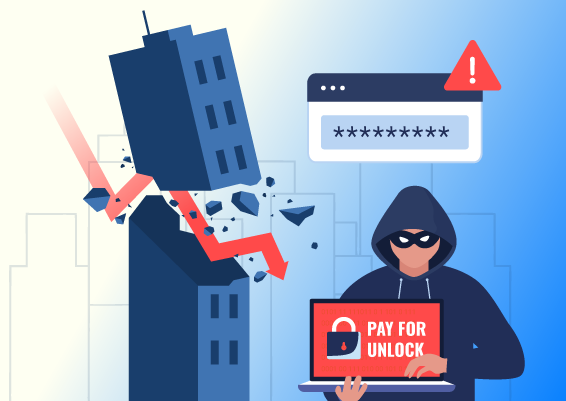
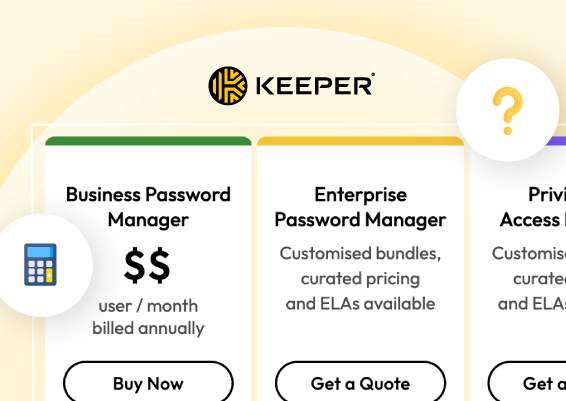
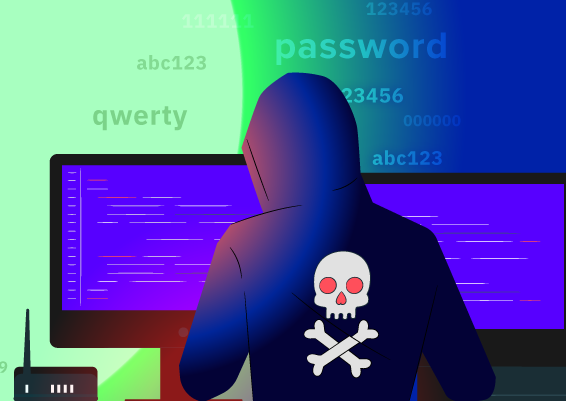
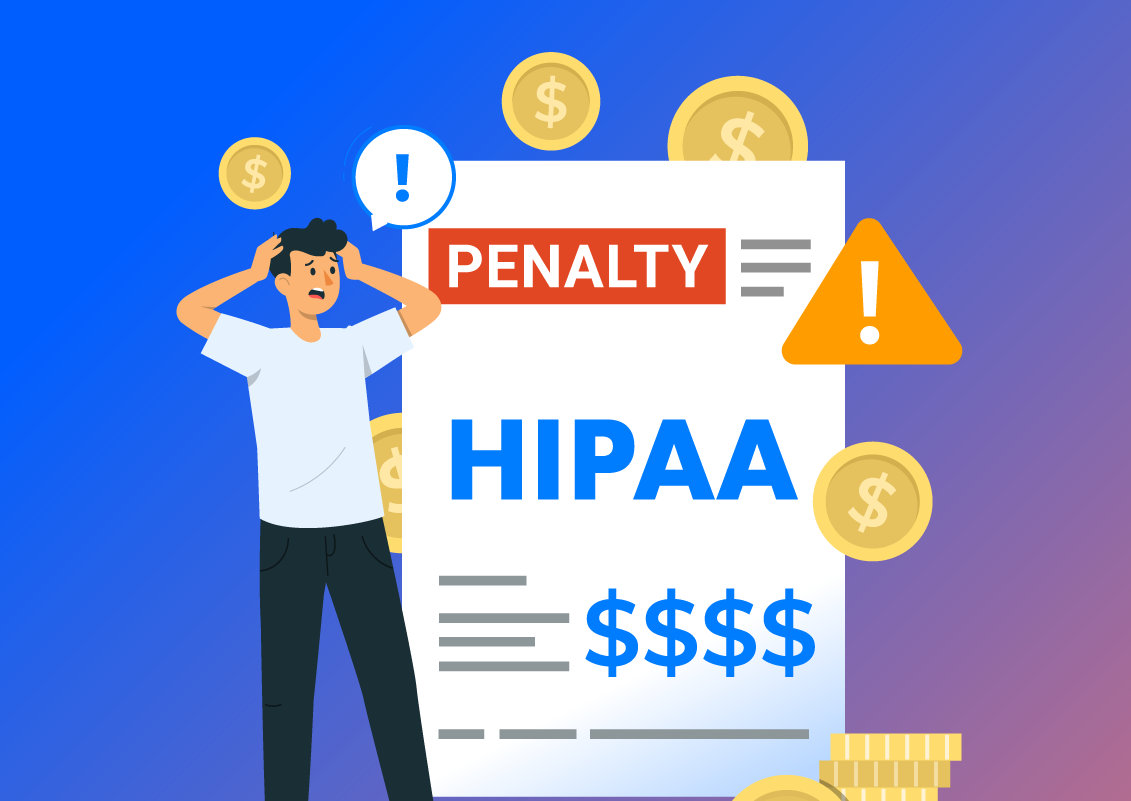
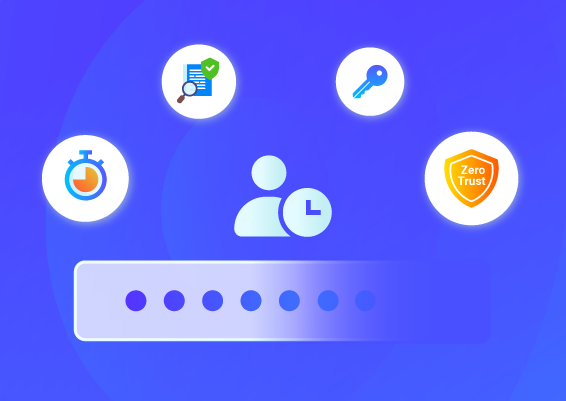
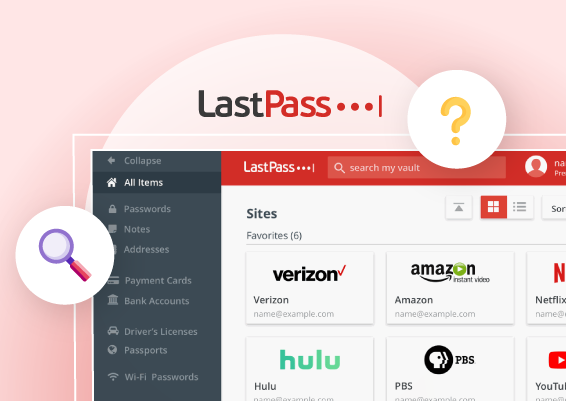
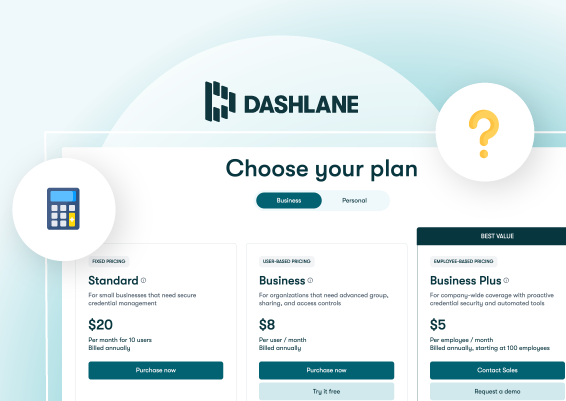
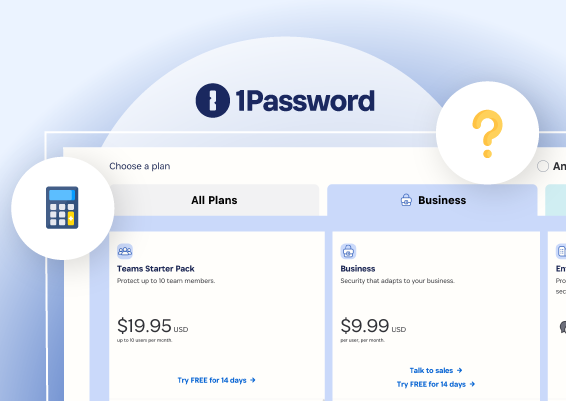
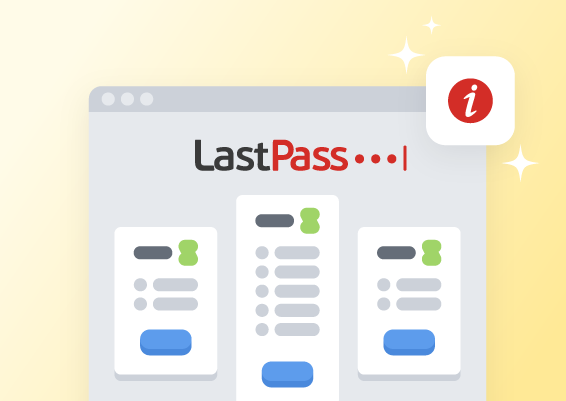
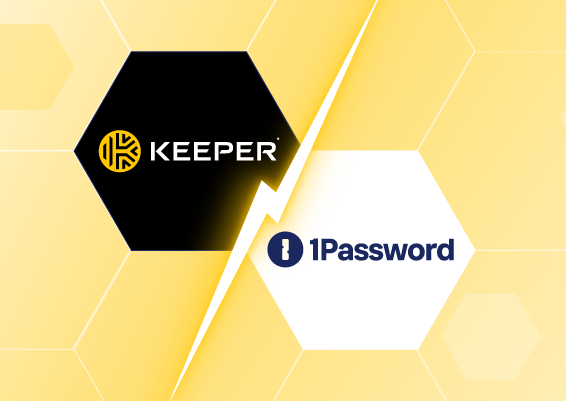
![What is Cloud PAM? [Definition, Features, Benefits, and Factors to Choose the Right One]](/images/cloud-pam/cloud-pam-blog-image.webp)
